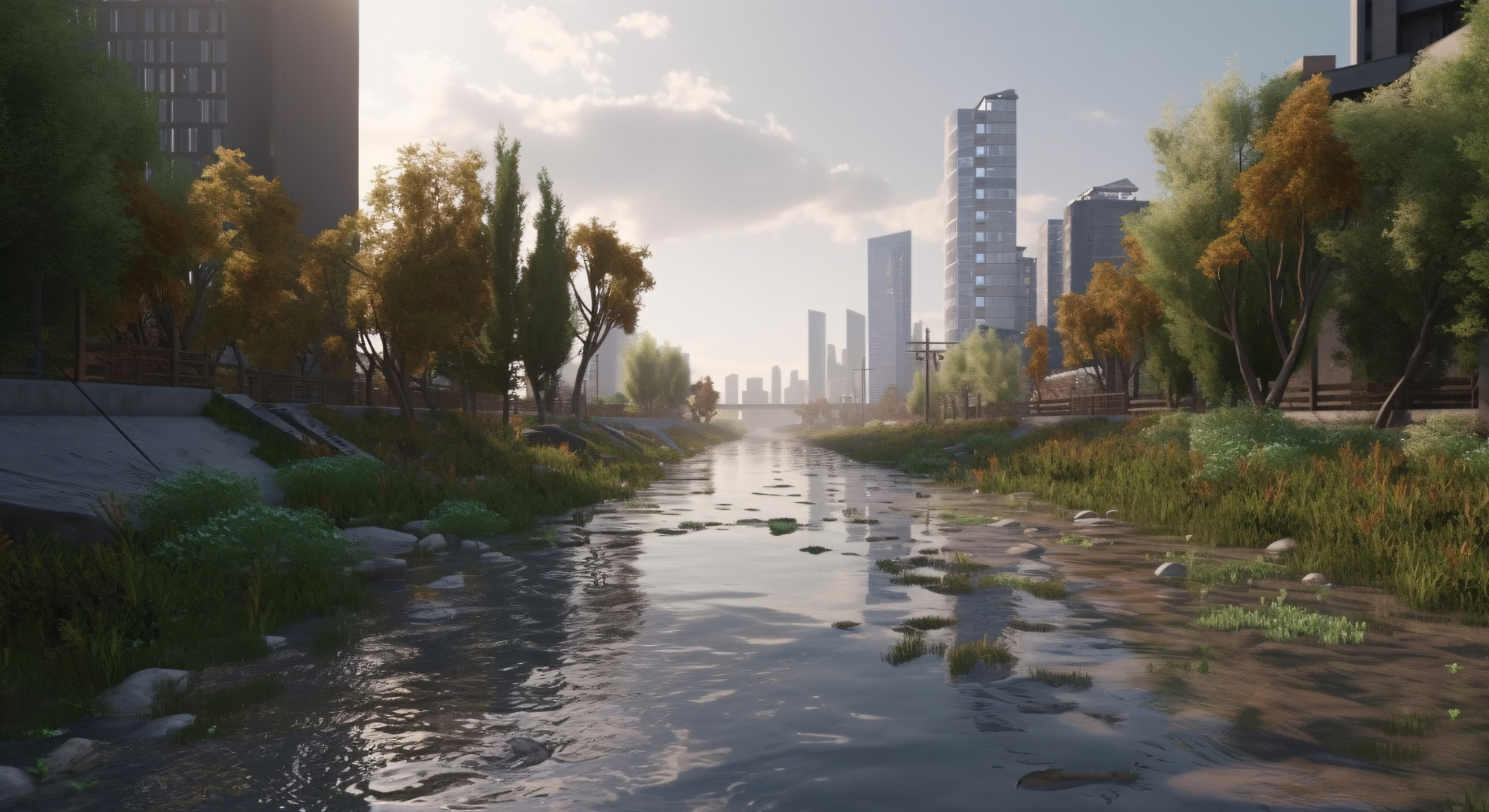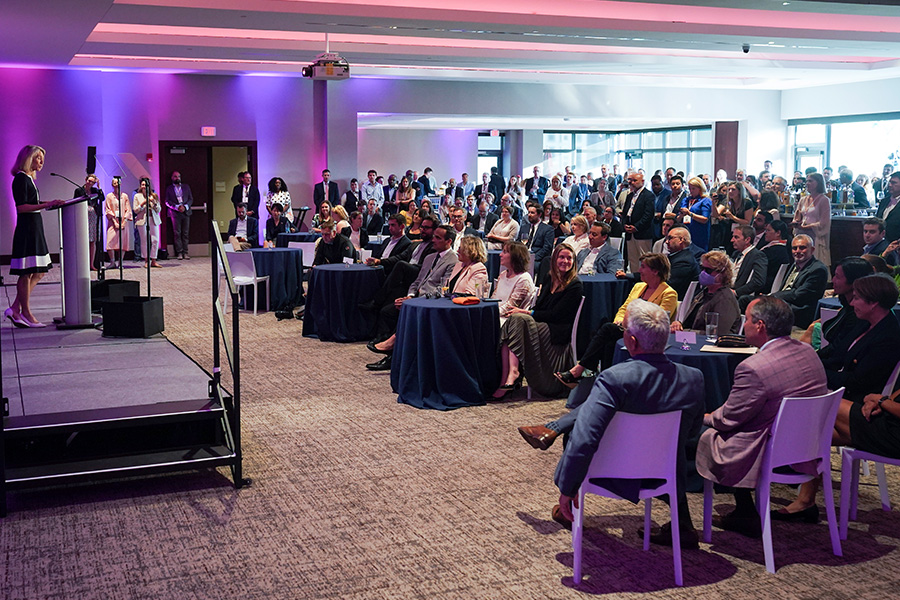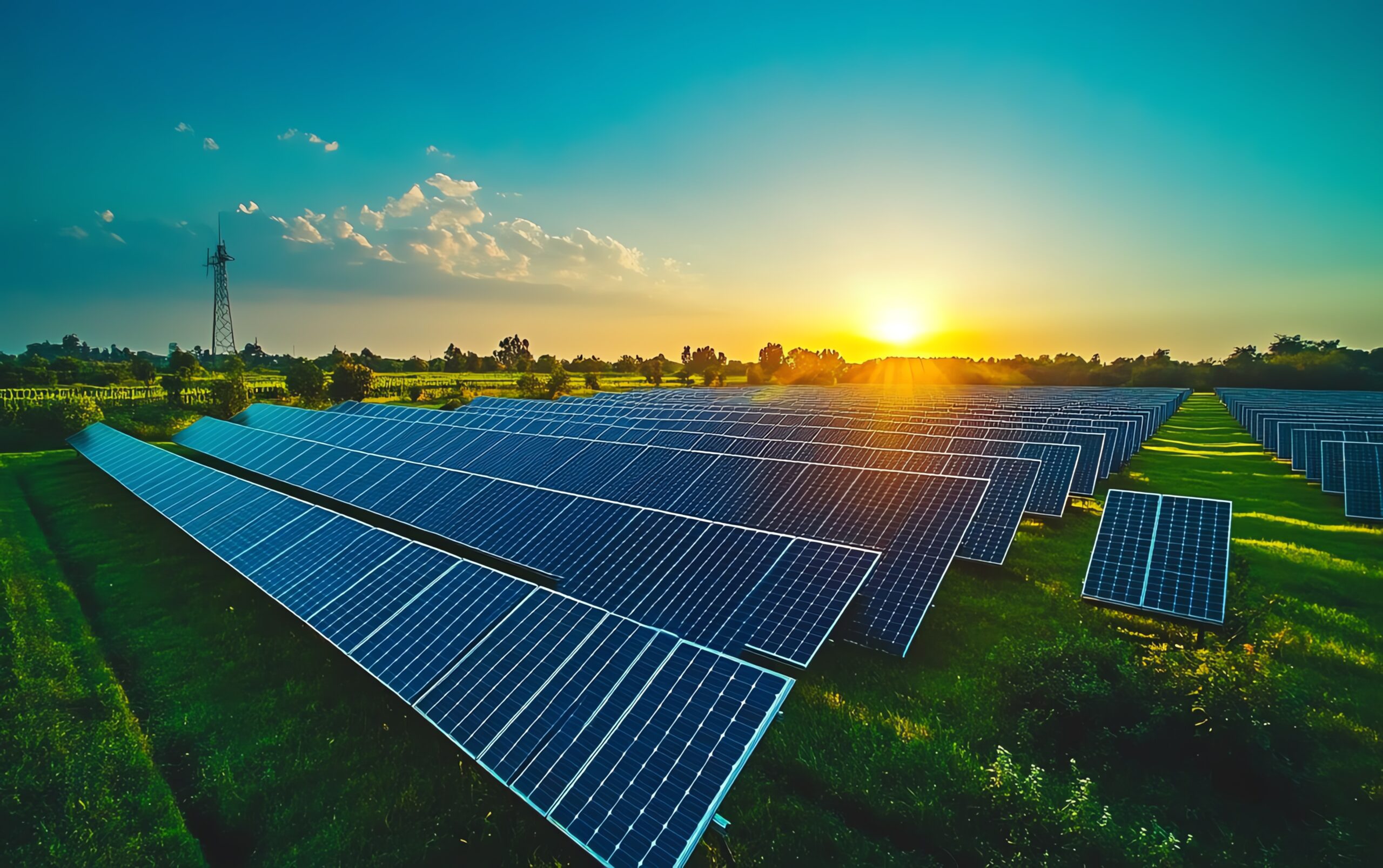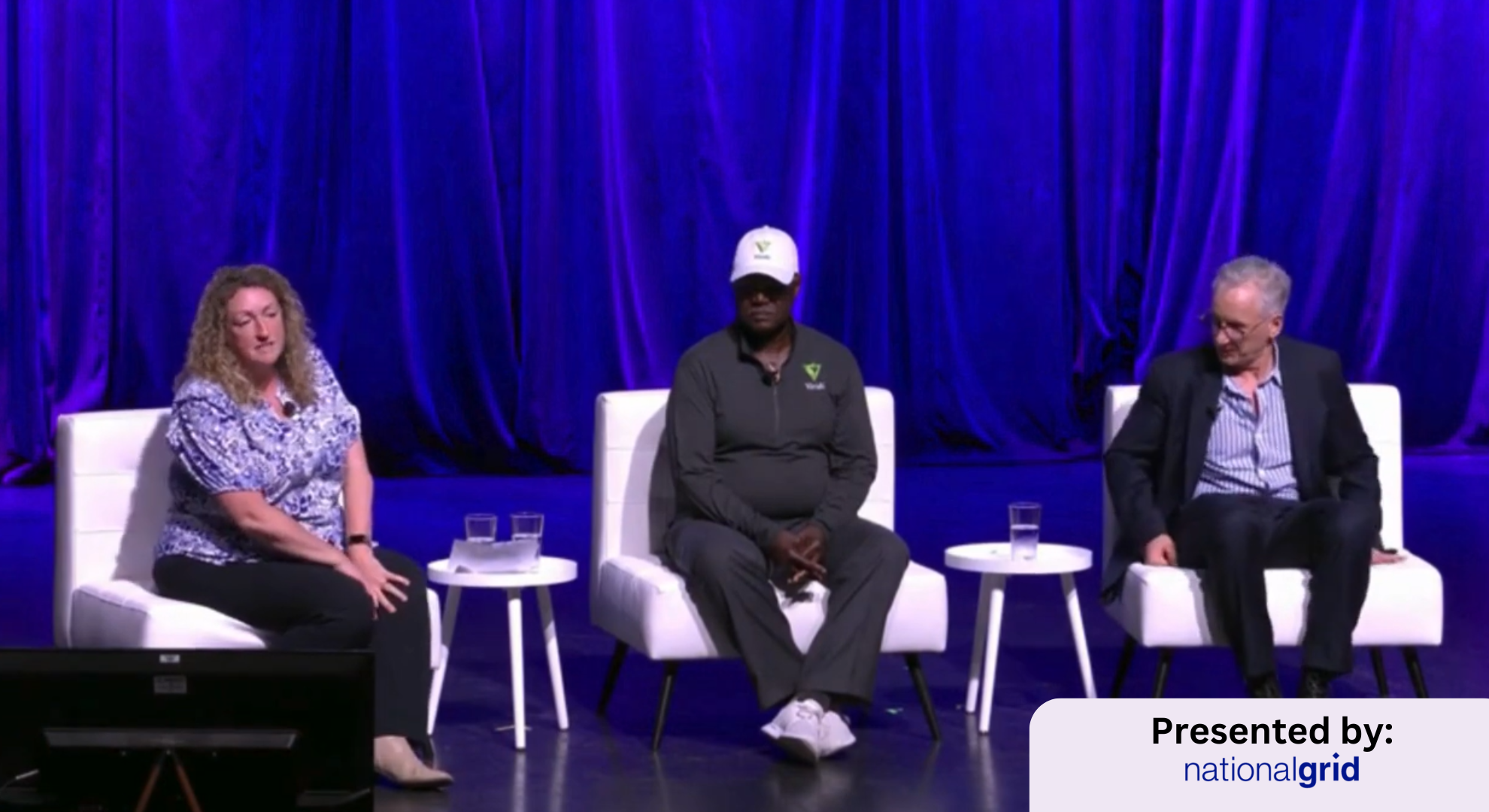Logging for housing, agriculture, and urban development reduces the amount of carbon capture by the world. Hence, innovation in water and land restoration is the need of the hour. Effective wetland restoration technology and water purification methods are bringing good results. Wetland restoration all over the world has regained 50,000 hectares in 2024.As cities worldwide contend with increasing flood risks through global warming, urban planning approaches fusing natural processes and disruptive technologies have emerged as key solutions. At the core of such approaches are “sponge cities,” which harmonize urban growth with natural water management to create resilience against flooding.
The Sponge City Spirit and Intelligent Water Governance
Sponge cities refer to city planning so that rainwater is absorbed, stored, and purified, like a sponge. It is the opposite of the typical city planning in which the city has impervious surfaces and expansive drainage systems that enhance water flow, increasing flood risk.
By utilizing green infrastructure such as permeable pavement, green roofs, rain gardens, and artificial wetlands, sponge cities intend to restore the natural hydrologic cycle that has been lost during urbanization. These technologies curb flooding, enhance water quality, recharge groundwater, and enhance urban biodiversity.
Global Implementations and Innovations
Several cities worldwide are adopting technology-driven sponge city models, tailoring them to their unique environmental and cultural contexts:
- Wuhan, China: An early sponge city pilot, Wuhan has incorporated smart flood sensors, AI stormwater management, and green infrastructure to handle intense rainfall events. Source
- Copenhagen, Denmark: Copenhagen has implemented stormwater diversion measures to enable leisure uses like swimming within its harbour. Not only does this manage excess water, but it also enhances the city’s liveability. Source
- Rotterdam, Netherlands: The city integrates AI-based flood protection and digital twin modelling to simulate climate scenarios and improve coastal resilience. Source
- Karachi, Pakistan: Architect Yasmeen Lari has set the pace with “Climate-Smart Eco-Streets,” which combine IoT-based urban farming, water-absorbing pavement blocks, and community-led flood management. This shows how low-tech materials and community engagement can result in green city planning. Source
- Massachusetts’ Coastal Restoration Project has successfully restored 5,000 acres of wetlands, demonstrating scalable solutions that can be replicated worldwide.
Challenges and Opportunities
While the benefits of technology-based sponge cities are vast, their implementation still faces several challenges:
- Data Privacy and Cybersecurity Risks: Using real-time water monitoring and AI systems is dangerous from data security and potential cyber-attack perspective.
- Cost and Accessibility: Sophisticated solutions such as nanotech filtration and AI-based flood management are costly to deploy. Additionally, developing countries typically lack the infrastructure and capital for large-scale implementation.
- Integration with Existing Built-Up Urban Environments: Retro-fitting existing urban infrastructures in cities into smart flood-resistant systems requires radical changes, which might be costly and logistically complex.
- Policy and Regulatory Constraints: Implementation has to be orchestrated by various government departments and regulatory agencies, which usually are disjointed in character.
- Public Acceptance and Awareness: Engaging and enlightening people to value the benefit of sponge cities is crucial to gaining support and ensuring effective implementation.
Financing Sponge City projects are challenging but promising:
- Public-Private Partnerships: Government-private sector collaborations represent a systemic approach to mobilizing the resources needed for large-scale development.
- Valuing Co-Benefits: In addition to flood control, sponge cities offer other advantages, such as cleaner air, recreational spaces, and higher biodiversity.
- Carbon Credit Mechanisms: Some sponge city projects employ carbon offset mechanisms to mobilize funds.
Sponge cities of the future are based on an integrated fusion of nature-based solutions and cutting-edge technology. Look out for some of these new technologies at ClimaTech, including:
- Blockchain for Water Transparency: Distributed water-trading systems anchored in blockchain technology may enhance water saving and fair sharing by communities.
- Climate-Responsive AI: Smart cities will automatically adapt to climate variations by controlling drainage flows, redirecting rainfall surpluses, and predicting flood events with near-perfectness.
- Urban Biodiversity Mapping using Drones: AI-controlled drones scan cities continuously, ensuring green infrastructure adapts in real-time to urban development.The concept of sponge city represents a new wave in urban development. It deals with being harmonious with nature to develop stronger, more sustainable, and people-friendly cities
As climate change continues to challenge urban infrastructures, adopting and adapting such innovative approaches will be critical in safeguarding communities and enhancing the quality of urban life globally. Come and participate in these discussions at ClimaTech 2025.







